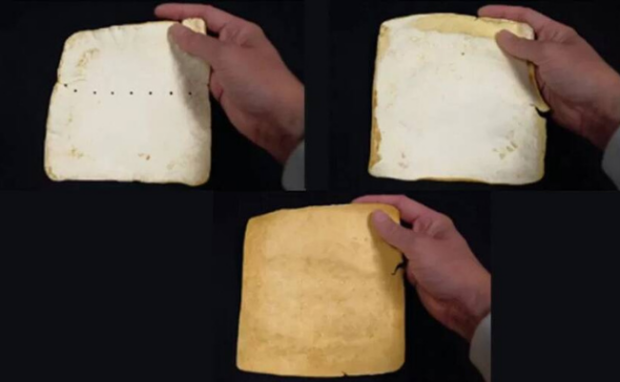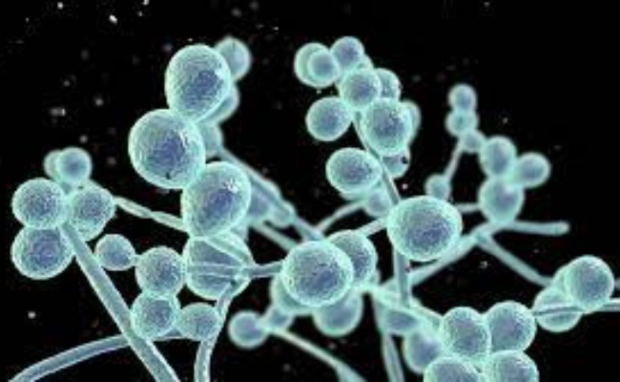The Future of Fashion: Self-Repairing Clothes
Fashion is always evolving as it launches new trends faster. However, researchers from Northumbria University and Newcastle University took this adaptation to the next level. They have found a way to create clothes from various fungi, usually known as mushrooms. More importantly, they repair themselves.
Scratches and holes on the fungus fabric regenerate by themselves, removing the need for sewing or patching. Moreover, it could become a biodegradable and wearable material for other products. As a result, fashion can become more sustainable for the planet instead of exacerbating climate change.
I will discuss the research study regarding self-healing clothes. We will cover its limitations, but I will also show other projects that could solve them. Consequently, you will see that this new material can become viable in the real world.
How do self-repairing clothes work?

Photo Credit: allthatsinteresting.com
Fungi usually produce root-like threads called hyphae that form fabric-like structures called mycelium. Newcastle University and Northumbria University researchers tested if it could become clothing material.
They focused on the Ganoderma lucidum fungus, known as “Lingzhi” in China or “Reishi” in Japan. The researchers published their findings and stated: “Self-healing is possible with minimal intervention after a two-day recovery period.”
Using Mycelium-based materials is common in various industries like construction and textile manufacturing. However, production typically kills chlamydospores, spores that help fungi regenerate.
That is why the researchers combined mycelia, chlamydospores, proteins, carbohydrates, and other nutrients in a liquid. It encouraged the growth of a “skin” that people can detach and dry.
Their research paper, Fungal Engineered Living Materials, states, “The results suggest that mycelium materials can survive in dry and oligotrophic environments.”
Their production method maintains the chlamydospores, enabling the fungi to grow new hyphae over holes. As a result, their material repairs itself.
The researchers admitted that the final product is too thin and delicate for garments. The experts suggested combining layers or plasticizing the fungal cloth in glycerol.
The material should also be able to close holes faster. Nevertheless, the researchers believe it can become material for self-repairing clothes. After all, it contains living cells people can tweak in numerous ways.
They wrote, “The ability of this regenerative mycelium material to heal micro and macro defects opens interesting prospects for unique product applications in leather-goods replacements such as furniture, automotive seats, and fashionwear.”
How to make self-repairing clothes more viable

Photo Credit: interestingengineering.com
I mentioned that these UK researchers could make their fungal cloth more practical by modifying their fungi. A similar project used genetic modifications to create air-purifying plants.
French startup Neoplants worried about the spread of volatile organic compounds in US homes. Mechanical filters merely displace VOCs. Meanwhile, plants can absorb them, but they’re too inefficient.
That is why Neoplants focused on improving flora’s air-purification capacity. They chose the pothos or “devil’s ivy” for their project because it is the most popular houseplant in the United States.
CTO Patrick Torbey said the company mapped pothos genomes. Then, they altered the genomes related to the plant’s air-cleaning ability. Also, they inserted genes in its roots so that the plant metabolizes pollutants better.
You may also like: More Young People Are Using Hearing Aids
Eventually, Neoplants created their genetically modified houseplant named Neo P1. It can absorb VOCs like benzene, a carcinogen found in wildfire smoke.
It can metabolize four major pollutants like formaldehyde and toluene. As a result, the flora company aims to improve indoor air quality without electricity.
Torbey said, “The cool thing about DNA is that it’s universal. It’s easy to transfer technology from one plant to another.” Perhaps the same methods could work for fungi in self-repairing clothes.
Conclusion
Researchers from Northumbria University and Newcastle University found a way to create self-healing clothes from fungi. However, they said it needs improvements to become a more viable garment material.
It won’t be long before we wear this type of fabric. After all, artificial intelligence is significantly boosting research and development in various fields.
Do you want to see these AI applications? Follow Inquirer Tech for the latest digital tips and trends in artificial intelligence, social media, gadgets, apps, and more.